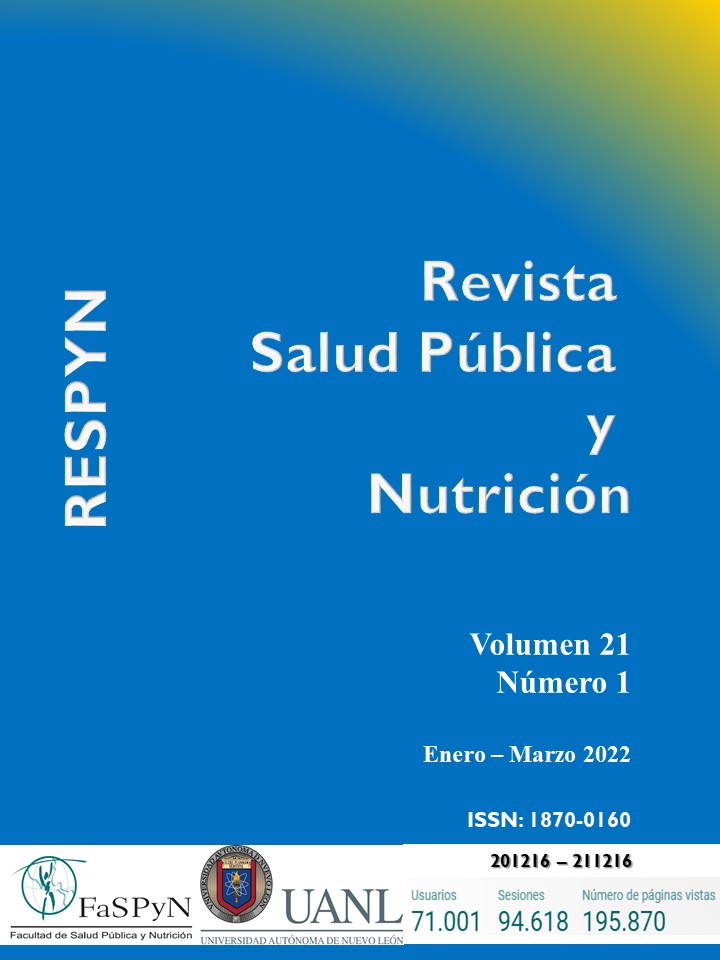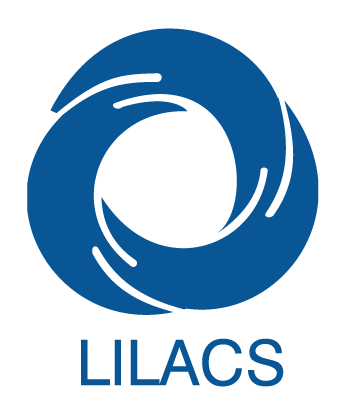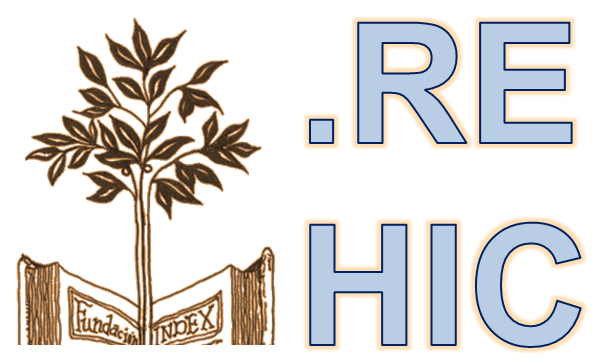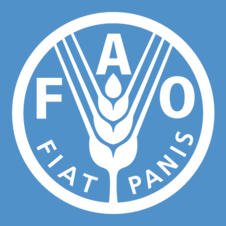Validation of teaching materials on healthy eating in southern Yucatan.
DOI:
https://doi.org/10.29105/respyn21.1-3Keywords:
Validation, Didactic materials, Healthy eatingAbstract
Introduction. The change in the selection of foods, preferably industrialized and / or hypercaloric, contributes to health problems. Hence the importance of implementing validated teaching materials as a strategy for health promotion. Objective: "To validate two teaching materials in the southern population of Yucatán to improve the promotion of healthy eating." Material and methods. Mixed cross-sectional study, with a convenience sample of 116 people aged 18-60 years. The research was carried out in the following stages: Preproduction, Elaboration and Validation, the latter was divided into three phases: 1. Technical validation, with the participation of nutritionists; 2. Pilot test, carried out with people with characteristics similar to the target population and 3. Validation with the target population. The variables studied were: attractiveness, understanding, identification, acceptance and induction to action. Cronbach's alpha coefficient was applied to assess the reliability and validity of the instrument. Results. The flip chart showed acceptable reliability (α = 0.761) and the flannel board a good reliability (α = 0.832). the variables with the greatest need for improvement were: understanding, acceptance and identification in both teaching materials. Conclusion. The materials are statistically reliable, although they can be improved by taking into account the variables; understanding, acceptance and identification.
Downloads
References
Arismendi, L.J., Carmona, I.C., Rodríguez, L.N., Alzate, T. (2015). Validación del juego reglado “Chefcitos”, para promover hábitos de vida saludable y el consumo de frutas y verduras en escolares mayores de siete años. Perspect Nut Hum, 17 (1): 67-76. DOI: 10.17533/udea.penh.v17n1a06 DOI: https://doi.org/10.17533/udea.penh.v17n1a06
Ayuso, G., y Castillo, M.T. (2017). Globalización y nostalgia. Cambios en la alimentación de familias yucatecas. Estudios sociales ,27(50). Recuperado de http://www.scielo.org.mx/scielo.php?script=sci_arttext&pid=S0188-45572017000200004 DOI: https://doi.org/10.24836/es.v27i50.479
Barradas, R., Lendechy A., Coop, F., y Pavía, E. (2021). Validación de materiales didácticos para promover la alimentación saludable en una estancia privada de adultos mayores en Mérida, Yucatán. Rev. Salud y Bienestar Social,5(2). Recuperado de https://www.revista.enfermeria.uady.mx/ojs/index.php/Salud/article/view/110/61
Chaves, E., Rodríguez, L. (2017). Análisis de confiabilidad y validez de un cuestionario sobre entornos personales de aprendizaje (PLE). Rev Ensayos Pedagógicos, XIII (1): 71-106. DOI: http://dx.doi.org/10.15359/rep.13-1.4 DOI: https://doi.org/10.15359/rep.13-1.4
Díaz Brito, Y., Pérez Rivero, J. L., Báez Pupo, F., Y Conde Martín, M. (2012). Generalidades sobre promoción y educación para la salud. Revista Cubana de Medicina General Integral, 28(3), 299-308. Recuperado de http://scielo.sld.cu/scielo.php?script=sci_arttext&pid=S0864-21252012000300009&lng=es&tlng=es.
Fernandes, J., Pereira, I., Paiva, S.K, De Souza, A.C., Fernandes, I.K. (2020). Validación de material educativo para el cuidado de la persona con ostomía intestinal. Rev Latino-Am. Enfermagem., 28: e3269. DOI: 10.1590/1518-8345.3179.3269 DOI: https://doi.org/10.1590/1518-8345.3179.3269
Fondo de las Naciones Unidas para la Infancia. (2003). Guía metodológica y video de validación de materiales IEC. Recuperado de https://www.unicef.org/peru/informes/gu%C3%ADa-metodol%C3%B3gica-video-validaci%C3%B3n-de-materiales
Franco, A., Alzate, T., Granda, D.M., Hincapié, L.M., Muñoz, L.M. Validación de material educativo del programa “Niñ@s en Movimiento” para el tratamiento de la obesidad infantil. (2018). Rev. Fac. Nac. Salud Pública, 36 (3): 109-119. DOI: https://doi.org/10.17533/udea.rfnsp.v36n3a11 DOI: https://doi.org/10.17533/udea.rfnsp.v36n3a11
Gómez, A.L., Cerrado, R., Rangel, R.E. (2017). Validez del material educativo de un programa de educación ambiental- sanitario no formal. Educere,22(71): 1-5. Recuperado de https://www.redalyc.org/jatsRepo/356/35656002011/html/index.html#redalyc_35656002011_ref12
Marín, A. D., Sánchez, G.; y Maza, L. L. (2014). Prevalencia de obesidad y hábitos alimentarios desde el enfoque de género: el caso de Dzutóh, Yucatán, México. Estudios sociales, 22(44), 64-90. Recuperado de http://www.scielo.org.mx/scielo.php?script=sci_arttext&pid=S0188-45572014000200003&lng=es&tlng=es.
Moura, I.H, Silva, A., Rocha, A.F., Lima, L.H., Moreira, T.M., Silva, A.R. (2017) Construcción y validación de material educativo para prevención de síndrome metabólico en adolescentes. Rev. Latino-Am Enfermagem, 25: e2934. DOI: 10.1590/1518-8345.2024.2934 DOI: https://doi.org/10.1590/1518-8345.2024.2934
Organización Mundial de la Salud (2016). Who.int. Ginebra: OMS. Recuperado de https://www.who.int/features/qa/health-promotion/es/
Organización Panamericana de la salud. (1984). Guía para el diseño, utilización y evaluación de materiales educativos de salud. Washington: OPS.
Salazar, A.A., Shamah, T., Escalante E.I., Jiménez A. (2012). Validación de material educativo: estrategia sobre alimentación y actividad física en escuelas mexicanas. Rev Esp Comun Salud, 3(2): 96-109.
Solano, M.H., Casas, C., Guarín, A. (2019). Experiencia de validación de material educativo para pacientes anticoagulados en un servicio de consulta externa. Repert Med Cir, 28(2):97-104. DOI: 10.31260/RepertMedCir.v28. n1.2019.917 DOI: https://doi.org/10.31260/RepertMedCir.v28.n2.2019.917
Vásquez, M.D. (2014). Importancia de la diversidad de materiales educativos en los rincones de aprendizaje en el nivel inicial (informe Previo a grado académico y título de Licenciada en Educación Inicial y Preprimaria). Universidad Rafael Landívar, Quetzaltenango.
Ziemendorff, S., Krause, A. (2003). Guía de validación de materiales educativos con enfoque en materiales de educación sanitaria. Chiclayo, Perú: Convenio Gtz – OPS.
Downloads
Published
How to Cite
Issue
Section
License
Copyright (c) 2021 Neysi Maria Canul Tamay, María del Rosario Barradas Castillo , Ángel Cirilo Lendechy Grajales, Emilio Felipe Pavía Carrillo

This work is licensed under a Creative Commons Attribution 4.0 International License.
The rights of the work belong to the author or authors, however, by sending it for publication in the Public Health and Nutrition Magazine of the Faculty of Public Health and Nutrition of the Autonomous University of Nuevo León, they grant the right for its first publication in between electronic, and possibly, in print to the Public Health and Nutrition Magazine. The license used is the Creative Commons attribution, which allows third parties to use what is published whenever the authorship of the work is mentioned and the first publication that is in the Public Health and Nutrition Magazine. Likewise, the author or authors will take into account that it will not be allowed to send the publication to any other journal, regardless of the format. The authors will be able to make other independent and additional contractual agreements for the non-exclusive distribution of the version of the article published in the Public Health and Nutrition Magazine (e.g., institutional repository or publication in a book) provided they clearly state that The work was published for the first time in the Public Health Magazine, Magazine of the Faculty of Public Health and Nutrition of the Autonomous University of Nuevo León.














